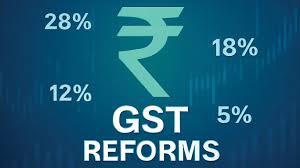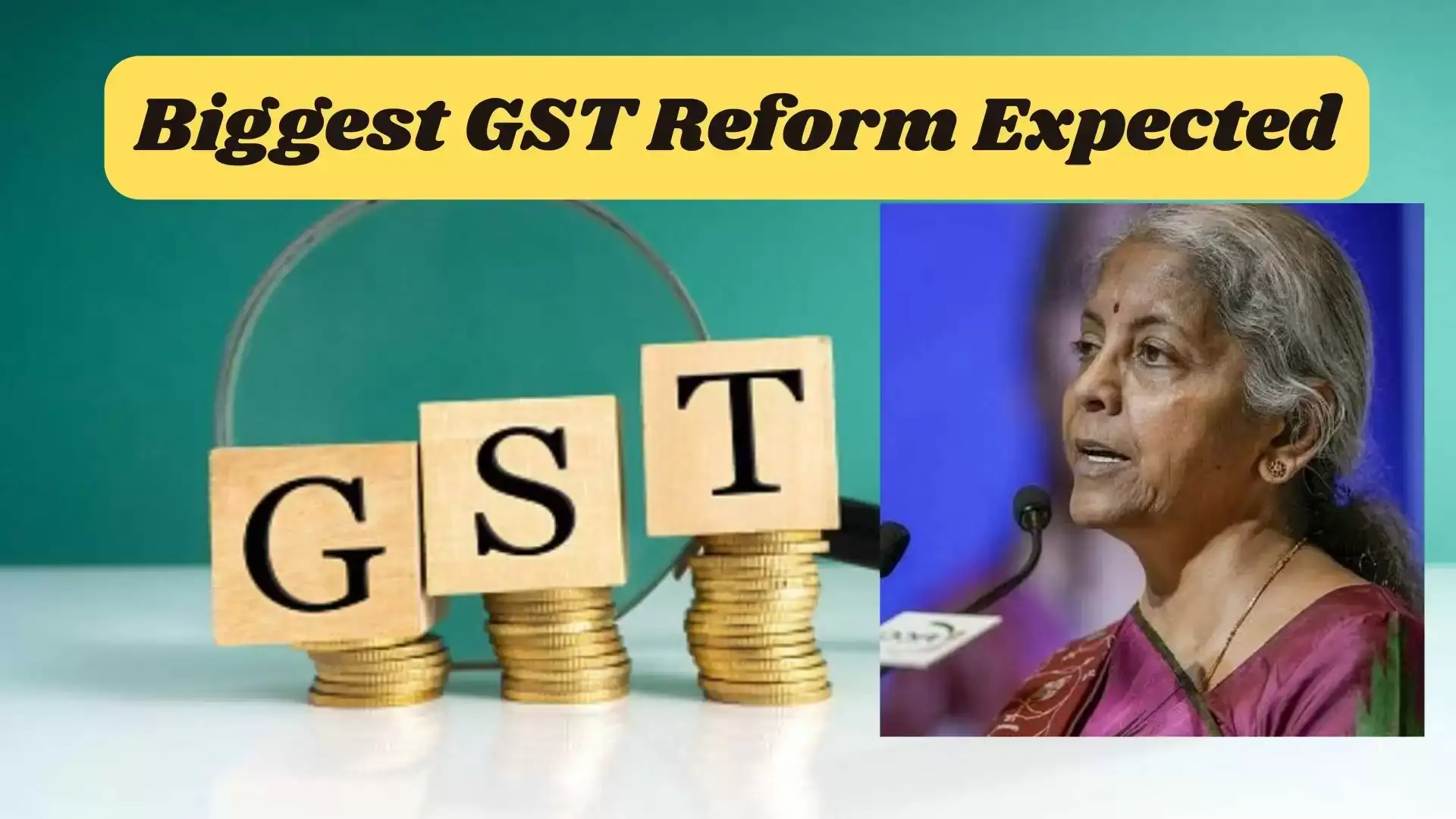Discover how India’s latest GST reforms provide relief to exporters, enhancing competitiveness and easing financial pressures.

GST Relief for Exporters: Boosting Competitiveness and Easing Financial Pressures
India’s recent Goods and Services Tax (GST) reforms, effective from September 22, 2025, aim to simplify the tax structure and provide relief to exporters facing challenges in the global market. These changes are designed to enhance competitiveness, ease financial pressures, and support the growth of export-oriented businesses.
📉 Challenges Faced by Exporters
Indian exporters are currently grappling with several challenges:
- Increased Tariffs: The United States has imposed a 50% tariff on Indian exports, affecting sectors like textiles, apparel, gems and jewellery, leather, and footwear India Today.
- Liquidity Constraints: Small and medium-sized exporters often face cash flow issues due to delayed tax refunds and high working capital requirements.
- Global Market Competition: Exporters need to remain competitive amid rising costs and fluctuating demand in international markets.
✅ Key GST Reforms Benefiting Exporters
The recent GST reforms introduce several measures to alleviate these challenges:
1. Zero-Rated Exports
Exports remain zero-rated under GST, meaning exporters can export goods and services without paying tax but can claim refunds on taxes paid on inputs and input services ClearTax. This ensures that exporters are not burdened with tax costs on their production inputs.
2. Faster Refunds for Small Exporters
To improve liquidity, the GST Council has approved faster export refund claims for amounts below ₹1,000. This move is expected to clear approximately 150,000 pending shipping bills, streamlining the refund process and reducing delays The Economic Times.
3. Removal of Refund Threshold for Low-Value Exports
The government has removed the value threshold for GST refunds, allowing even low-value shipments to be eligible for refunds. This change benefits small and e-commerce exporters, improving cash flow and simplifying compliance The New Indian Express.
4. Provisional Refunds for Inverted Duty Structures
Exporters in sectors like textiles, pharmaceuticals, chemicals, and fertilizers, who face inverted duty structures, can now avail provisional refunds. This measure addresses the issue of higher input taxes compared to output taxes, easing financial burdens The Economic Times.
🛠 Upcoming Support Measures for Exporters
In addition to GST reforms, the government is planning targeted relief packages to support exporters affected by global trade challenges:
- Liquidity Support: Measures to address liquidity constraints faced by small exporters.
- Job Security: Initiatives to ensure job security across vulnerable export-linked sectors.
- Market Diversification: Efforts to facilitate uninterrupted production while exploring new markets www.ndtv.com.
🌍 Global Context and Strategic Shifts
While GST reforms provide domestic relief, exporters must also navigate global trade dynamics. The imposition of tariffs by major economies necessitates a strategic shift towards diversifying export markets and enhancing competitiveness through innovation and quality improvements.
For insights into global trade dynamics and India’s strategic responses, you can explore articles like When Nations Unite: QUAD’s Hope for a Sustainable World and Friendship at Risk: U.S. Tariffs Push India to the Edge.
🔗 External Resources
For more information on export incentives and GST-related updates, visit www.america112.com.
Conclusion
India’s GST reforms and upcoming support measures aim to empower exporters by reducing tax burdens, improving liquidity, and enhancing competitiveness. By staying informed and adapting to these changes, exporters can navigate current challenges and seize new opportunities in the global market.

